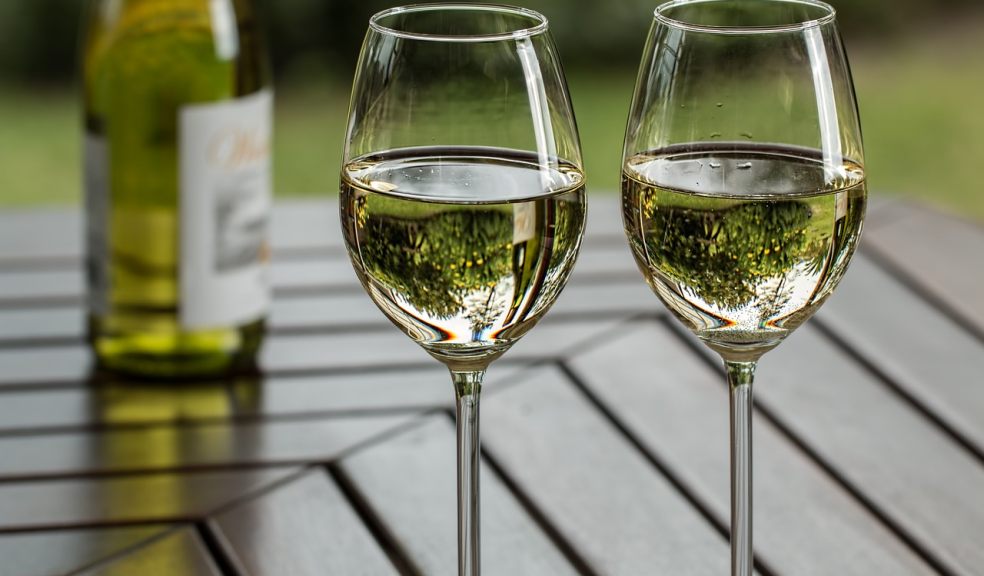
The Ultimate Guide: How Long Can You Keep White Wine in the Fridge?
White wine, with its crisp flavours and refreshing qualities, is a beloved beverage enjoyed by many. Whether you're savouring a glass with dinner or hosting a social gathering, keeping white wine at its best is essential for maximum enjoyment. One common question that arises among wine enthusiasts is: How long can you keep white wine in the fridge? In this comprehensive guide, we'll delve into the factors that affect the shelf life of white wine, tips for proper storage in the fridge, and signs to look for when your wine may be past its prime.
Understanding Shelf Life
The shelf life of white wine in the fridge can vary depending on several factors, including the type of white wine, its quality, and how it's stored. Generally, most white wines can last for several days to a few weeks in the fridge after opening. However, it's essential to note that not all white wines are created equal when it comes to longevity.
Factors Affecting Shelf Life
- Type of White Wine
Different types of white wine have varying levels of acidity, sugar, and alcohol content, which can influence how long they stay fresh in the fridge. For example, light-bodied white wines like Pinot Grigio and Sauvignon Blanc tend to have a shorter shelf life compared to full-bodied varieties like Chardonnay and Viognier. Light-bodied white wines are typically enjoyed for their crisp, fruity flavours and are best consumed within a few days of opening. Their delicate nature makes them more susceptible to oxidation, which can result in a loss of aroma and flavour. On the other hand, full-bodied white wines often have more complexity and structure, allowing them to hold up better over time. When stored properly in the fridge, these wines can maintain their freshness for up to a week or longer after opening.
- Quality of Wine
The quality of white wine plays a significant role in its shelf life. High-quality wines made from premium grapes and crafted with care are more likely to retain their freshness and flavour profile for an extended period. Conversely, lower-quality wines may deteriorate more quickly, even when stored in the fridge.When selecting white wine for storage in the fridge, opt for reputable producers and trusted brands known for their commitment to quality. Investing in a well-made bottle can ensure a more enjoyable drinking experience and a longer shelf life.
- Storage Conditions
How you store your white wine in the fridge can significantly impact its shelf life. Properly sealing the bottle with a cork or wine stopper and storing it upright can help prevent oxidation and preserve the wine's flavour and aroma. Additionally, maintaining a consistent temperature in your fridge is essential for preserving the freshness of white wine. Aim for a temperature range of 45-55°F (7-13°C), which is ideal for slowing down the wine's ageing process and minimising the risk of spoilage. Avoid placing white wine bottles near the refrigerator door or other areas where they may be exposed to fluctuating temperatures or light. Prolonged exposure to heat and light can accelerate the wine's ageing process and lead to premature spoilage.
Tips for Proper Storage
- Temperature Control
Maintain a consistent temperature in your fridge, ideally around 45-55°F (7-13°C), to slow down the wine's ageing process and preserve its freshness. Fluctuations in temperature can cause the wine to expand and contract, potentially compromising the integrity of the seal and allowing oxygen to enter the bottle. By keeping the temperature stable, you can minimise the risk of oxidation and prolong the shelf life of your white wine.
- Avoid Light and Heat
Store white wine away from direct sunlight and heat sources, as prolonged exposure can cause the wine to spoil more quickly. Ultraviolet (UV) rays from sunlight can break down the wine's organic compounds, leading to off-flavours and aromas. To protect your white wine from light exposure, consider storing it in a dark cabinet or wine cellar away from windows and other light sources. Additionally, avoid placing white wine bottles near heat-generating appliances such as stoves, ovens, or dishwashers. High temperatures can accelerate the wine's ageing process and diminish its quality over time.
- Use a Wine Stopper
After opening a bottle of white wine, reseal it with a wine stopper or cork to minimise air exposure and prevent oxidation.Oxygen is the enemy of wine, as it can cause the wine to oxidise and lose its freshness and vibrancy. By sealing the bottle tightly after each use, you can create a barrier between the wine and the surrounding air, helping to preserve its flavour and aroma for longer.When selecting a wine stopper, choose one that fits securely in the bottle and forms a tight seal to prevent leaks and maintain freshness. Silicone and vacuum wine stoppers are popular options for effectively preserving opened bottles of white wine in the fridge.
- Store Upright
Unlike red wine, which is typically stored on its side to keep the cork moist, white wine should be stored upright to minimise the surface area exposed to oxygen. Storing white wine upright helps to keep the cork in contact with the wine, preventing it from drying out and allowing air to enter the bottle. A dry cork can compromise the seal and lead to premature oxidation, resulting in off-flavours and aromas. When storing white wine upright in the fridge, position the bottle away from the door and other areas where it may be jostled or disturbed. Keeping the bottle stable helps to minimise agitation and reduce the risk of oxidation, ensuring that your white wine stays fresh and flavourful for as long as possible.
Signs of Spoilage
Knowing when your white wine has gone bad is crucial to avoid unpleasant drinking experiences. Here are some signs to look out for:
- Off Odours
If your white wine smells like vinegar, wet cardboard, or rotten eggs, it has likely spoiled and should be discarded. Off odours are a telltale sign of wine spoilage, indicating that the wine has undergone chemical changes due to exposure to oxygen or microbial contamination. Trust your senses, and if the wine smells unpleasant or off-putting, err on the side of caution and pour it down the drain.
- Change in Colour
White wine that has turned brown or developed darker hues is a sign of oxidation and should not be consumed. Oxidation occurs when white wine comes into contact with air, causing it to lose its bright, clear colour and develop a darker, duller appearance. If you notice any changes in the colour of your white wine, it's best to discard it and open a fresh bottle to ensure optimal taste and quality.
- Flat Taste
Spoiled white wine may taste flat or vinegary, lacking the crispness and fruitiness characteristic of fresh wine. Over time, exposure to oxygen can cause white wine to lose its vibrant flavours and aromas, resulting in a dull, lifeless taste. If your white wine tastes flat or off-flavour, it's a sign that the wine has spoiled and should be replaced with a fresh bottle.
Conclusion
In conclusion, the shelf life of white wine in the fridge can vary depending on several factors, including the type of wine, its quality, and storage conditions. By understanding these factors and following proper storage techniques, you can prolong the freshness of your white wine and enjoy it to the fullest. Remember to keep an eye out for signs of spoilage, and when in doubt, trust your senses. With the knowledge gained from this guide, you can confidently store and enjoy your favourite white wines for days or even weeks to come. Cheers to preserving the perfect pour!

















